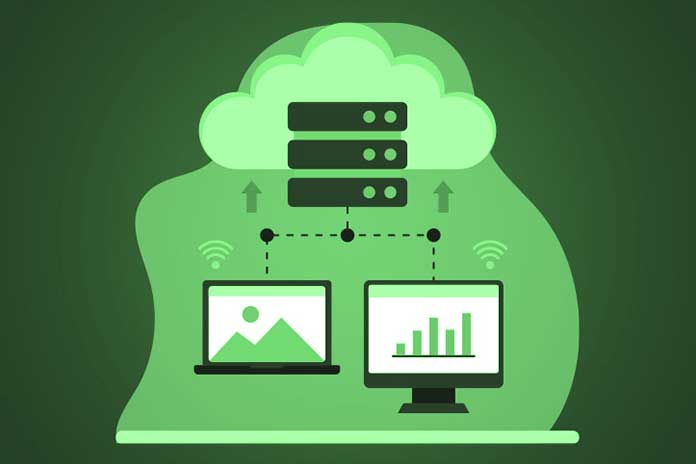As companies continue to accelerate the pace of migration to the cloud, many find themselves having to bridge the gap between their physical and cloud infrastructures, which brings new challenges.
It has applications that it considers critical, and lines of business have different requirements for what’s important. As a result, your industry is often overwhelmed with requests, and as it tries to meet demand, this can lead to cloud infrastructure over-provisioning and runaway costs.
Migration from the on-premise model to cloud computing is a complex process that often hinders the development of a company. This post teaches essential practices for a successful migration to the cloud.
Five Best Practices For Migrating To The Cloud
Migrating to the cloud can be a wise investment for your organization. However, like many businesses, you may need help figuring out where to start.
No two migration projects are the same. But overall, the following five steps will serve any company well in its efforts to move from on-premises to the cloud.
Plan
With the right strategy, you could maximize your chances of achieving your desired benefits. Many everyday things could be improved when companies migrate to the cloud, and a botched operation can mean impaired performance and increased costs.
The means to migrate data from the on-premise model to cloud computing can be complex, but the end goal is to switch operations to the cloud service without disruption, data loss, or a security breach.
In this regard, it is highly recommended to research the data migration methods supported by potential cloud providers as part of your migration strategy.
The three fundamentals to consider regardless of the type of cloud and cloud service models you will be using are:
- What moved?
- Why is it advanced?
- How will it be put into practice?
Also Read: Digitization Of The Economy Is Forcing Cloud Providers To Innovate Increasingly
Evaluate
Once you know where you want to go, the next step is to assess your company’s current situation. You need to recognize and be aware of your existing applications and legacy systems before moving straight to cloud migration.
One of the ways to start the migration is to move a non-mission critical workload to real-time enterprise operations. Once you’re sure your application and data are in order in the cloud, continue the migration according to your chosen strategy.
Business operations can be delayed during the process, especially when refactoring migrations must be thoroughly planned and tested in advance.
Establish KPIs
Stakeholders in the organization must know what data will be migrated and why they should move to the cloud in the first place.
Since cost-efficiency, performance, and security are vital goals with data; it’s essential to compare the current cost and performance of on-premises services with what the cloud can deliver.
Tracking realized gains through key performance indicators (KPIs) will go a long way in measuring long-term success. KPIs for a cloud migration should show the operation’s progress and reveal any unexpected issues.
More importantly, the metrics defined will need to help determine when the migration will be complete and successful.
Set The Budget
Evaluating on-premises costs and estimated costs for moving to the cloud is essential. This study should be as complete as possible to ensure that a given cloud strategy can deliver efficiency and cost savings.
You must evaluate server, storage, network, and IT staff costs on-premise. For cloud computing, think of the value of the migration and the ongoing expenses of potential cloud service providers to host this migrated data.
This gives you the estimates you need to determine your best migration plan.
To do this, investigate offerings from different vendors to get an idea of the total cost of ownership (TCO) in each case. Also, consider the logistical and resource requirements for different migration strategies.
Choosing The Right Partnership
Preparing for migration and going about your day-to-day activities is complex. With so many complexities surrounding moving to the cloud, it’s easy to fall into an overspending cycle. The most crucial step to success is choosing a partner to help you.
Also Read: Cloud-Native: Why Enterprises Want To Drive Cloud Transformation

